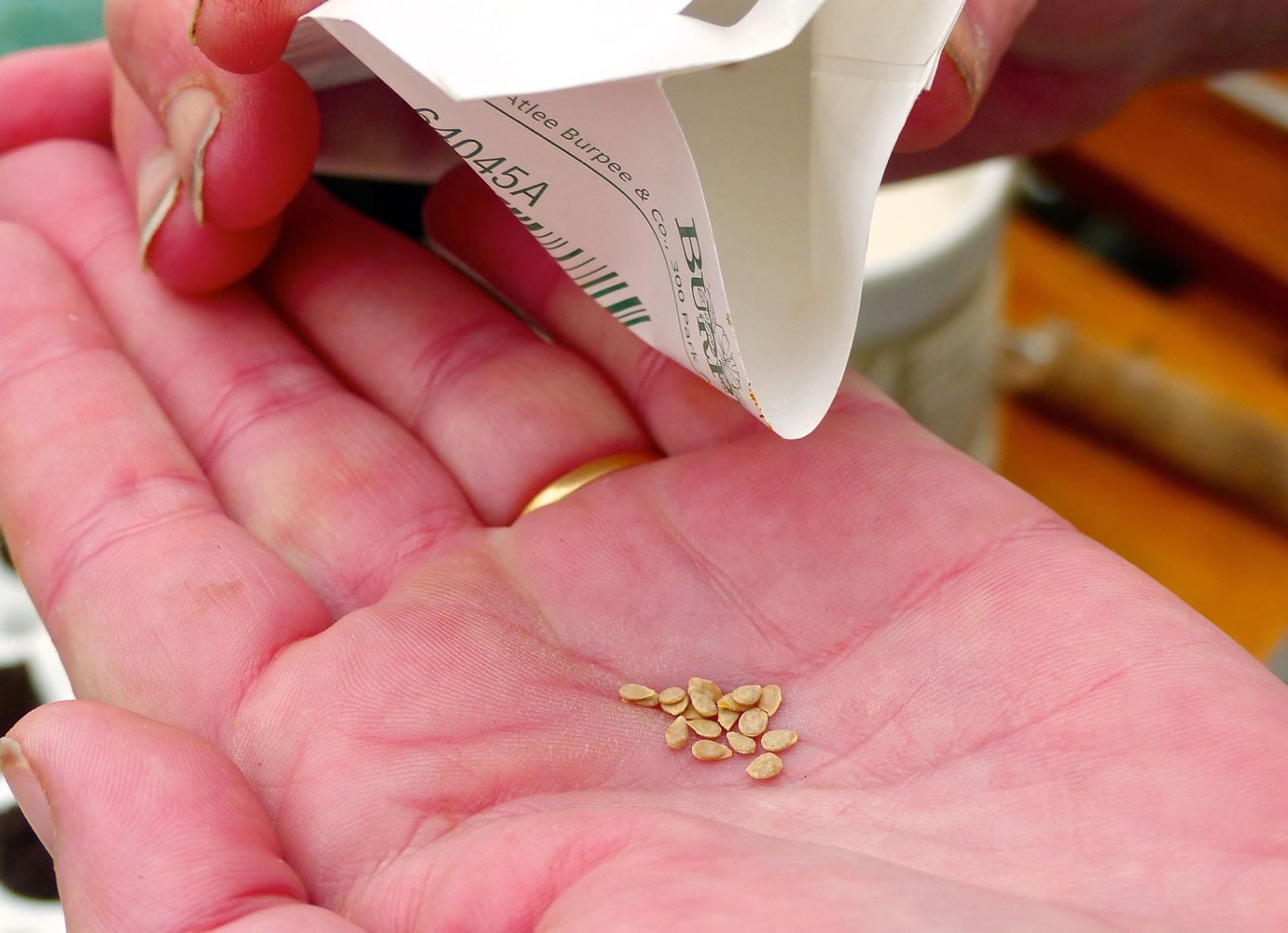If you save seeds, you might wonder whether those from last year are still viable. A quick, easy preseason seed germination test can answer that query.
Much depends on how the seeds were collected and stored, said Ross Penhallegon, an associate professor emeritus and horticulturist with the Oregon State University College of Agricultural Sciences in Corvallis, Ore.
“Surplus seeds can’t be left out. Weevils might get in,” he said. “Typically, they (the seeds) should be placed in some kind of closed container and then stored in a refrigerator or freezer over the winter.”
Germination tests can be performed using wet paper towels, soil or trays.
“I like testing seeds using moist towels and placing them in a dark, warm area,” Penhallegon said. “It’s simple, fast and works well indoors.”



